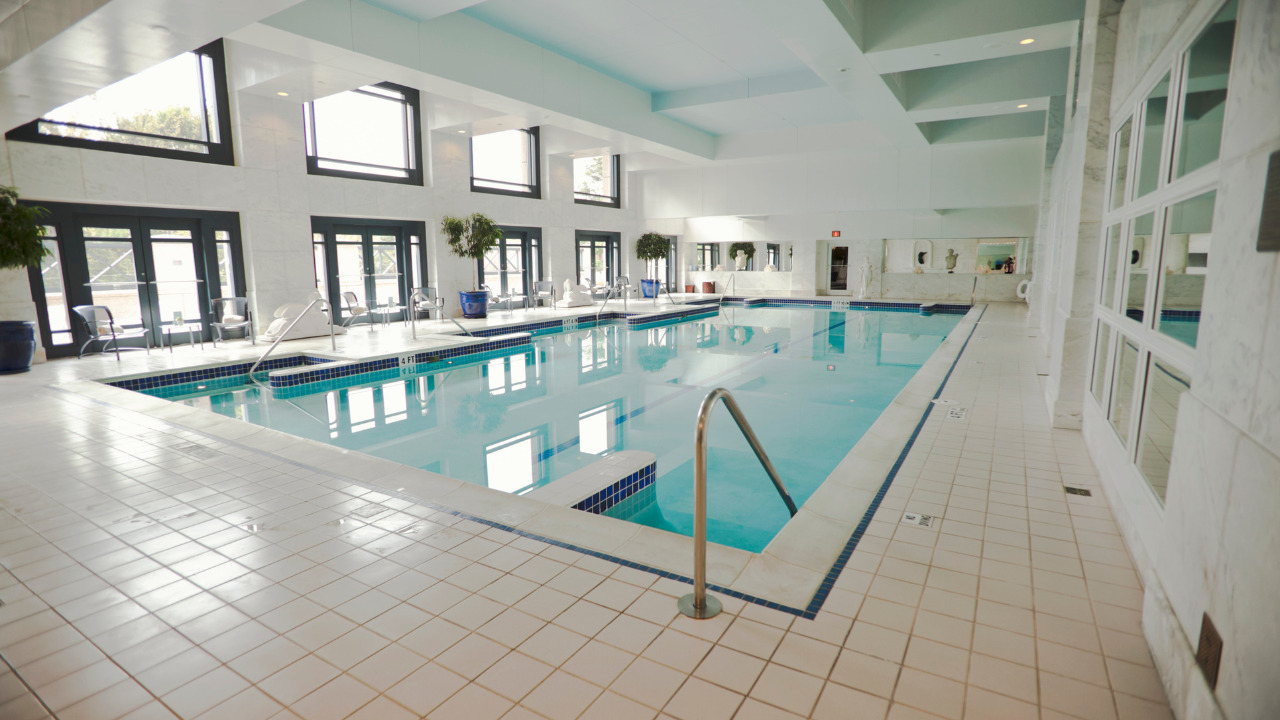The numerous types of tile used in a home or structure have many obvious characteristics from pool tile. Two specific elements should be considered when contrasting pool tiles with other tiles: exposure to sunshine and exposure to a chemical.
The correct tile may elevate your pool design to the next level and make it a stunning spectacle. Options include rainbow glass mosaics, tough ceramics that resemble stone, and understated essentials.
Getting a tile specifically designed for swimming pools is crucial if you want a strong tile that will guarantee your pool maintains its beauty for years to come. This might surprise you if you’re unfamiliar with swimming pool design. If you look a little closer, you’ll discover why pool tile is the finest option for a stunning, durable pool.
Table of Contents
Pool Tiles: An Overview
It might not seem difficult to exercise in your glistening, sun-drenched swimming pool. Your swimming pool has an exterior and submerged surfaces made of tile and other materials. They are exposed to both rain and sunlight. Chlorine and other pool chemicals come into touch with them.
Depending on where you reside, they might also have to endure sharply fluctuating temperatures. Said, your pool tile needs to be incredibly resilient. Pool tile is made of non-porous material, and a carefully developed finish protects it from breaking and fading.
Pool tile is water-resistant and simple to clean, thanks to the unique finish.
Factors That Make Pool Tiles Different
Sunlight Exposure
Other than perhaps through a neighboring window, a bathroom or kitchen tile is not exposed to sunlight. On the other hand, exposure to sunshine is highly relevant if we assume that outdoor swimming pools are our primary emphasis.
A pool receives regular sunlight, so the pool tiles need to be manufactured of a material that can endure continuous sunlight. This is why glazed tiles are used to construct most swimming pools. Glazed tiles are resistant to fading and acids.
This tile can withstand sunshine without deteriorating in shape or appearance. Generally speaking, solar exposure is not a consideration when designing above-water tiles—simpler functionality results from this. In the same way, pool tiles are made to resist chemicals, and so are building tiles.
The rate at which swimming pool tiles are exposed to sunshine and corrosion is also not the case for these materials.
Water Absorption Level Of Pool Tiles
As a technique for assessing a tile’s development level or identifying structural requirements for a particular application, the absorption rate is the density measurement. Pool tiles must absorb less water.
Due to the pool tile adhesive’s stronger adhesion and reduced water absorption, pool tile is less likely to come loose. To prevent cracking and fading, pool tile is non-porous and coated with a specifically designed finish.
Non-Slip
Whether wet or dry, the pool tile used for commercial applications must be anti-slip. To grade the variation in the non-slip level of a specific tile, tiles are given a resistance rating. Use caution when installing such tile on wet or dry surfaces if the breaking strength is less than 250 lbs.
Substance Exposure
Tiles in the kitchen and bathroom occasionally get dirty. These tiles are designed to survive spills of any liquid, whether water or another substance, but only momentarily. You clean up any spills in your kitchen as soon as they happen.
The material so doesn’t affect your tiles in any way. If anything, the grout could be harmed. At all times, water is present on swimming pool tiles. When it comes to holding their shape against water, pool tiles are in it for the long haul.
Pool tiles often have a water absorption rate that is less than lower because of this. Water and the tile glue permanently bond, preventing tile deterioration.
Conclusion
In conclusion, while residential tiles are more concerned with resistance to frequent exposures, pool tiles are more concerned with resistance to unusual exposures. The normal wear and tear that comes with foot traffic on a building.
Tiles used in swimming pools must withstand foot traffic, sunshine, substance, chemicals, and erosion. A ceramic tile will fit the mold for around six to twelve months until it begins to corrode and break apart. For the duration of the pool, tiles made expressly for it should be durable.





